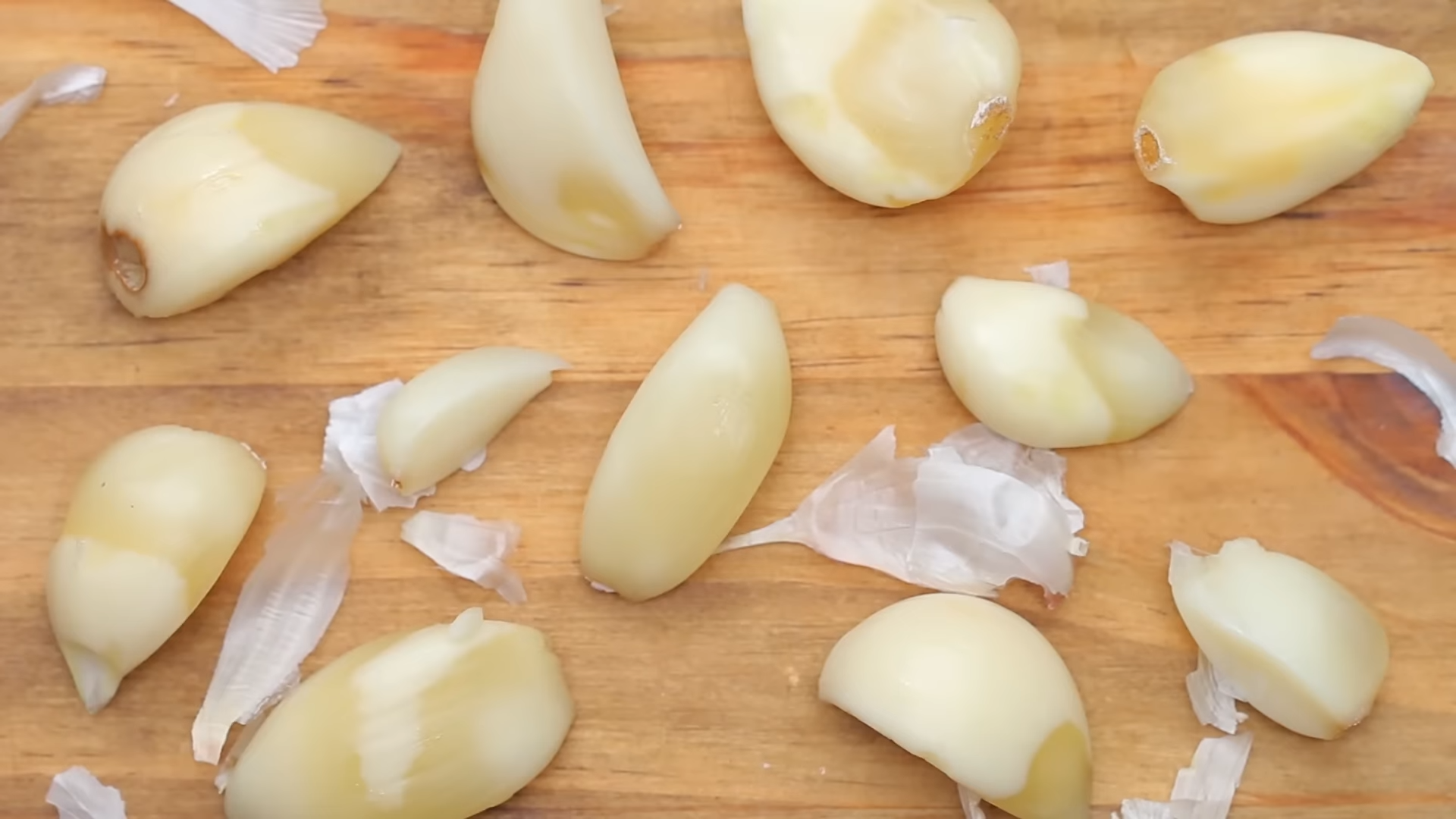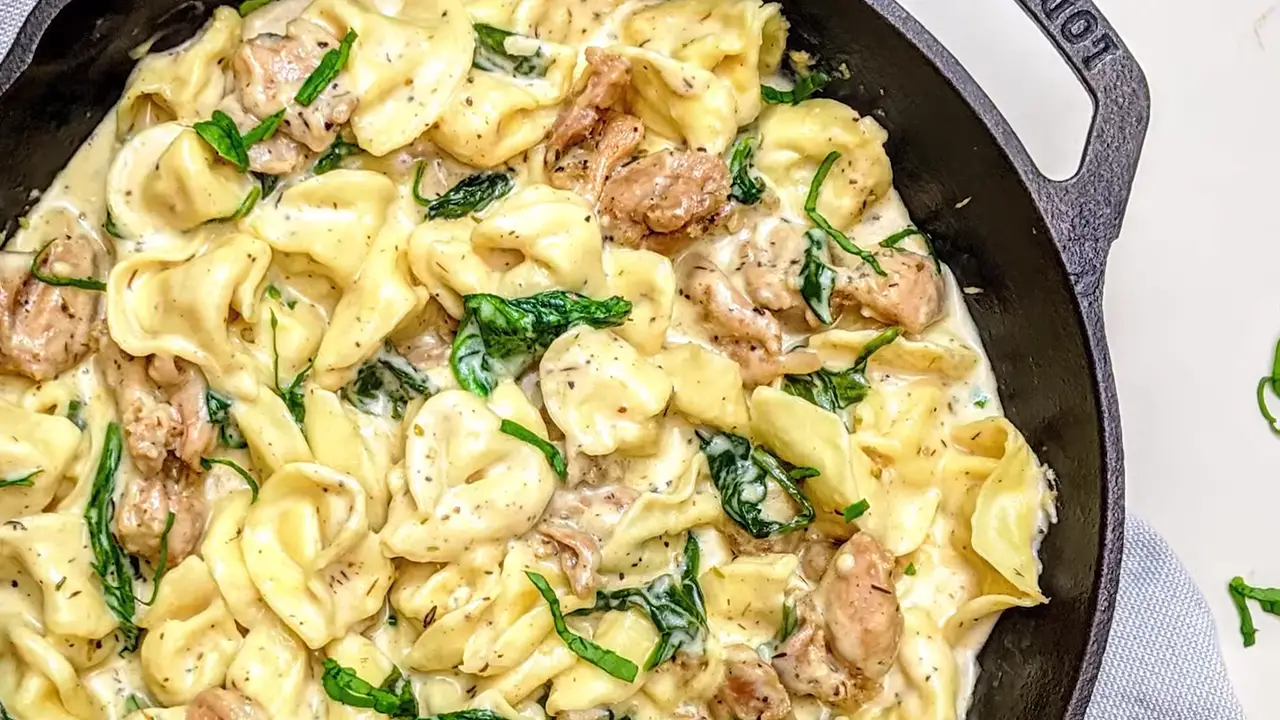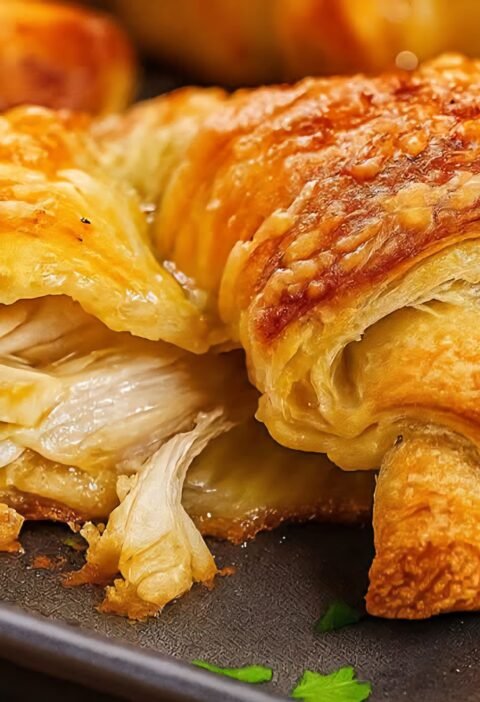Keeping garlic fresh and intact for up to a year is certainly possible with the right storage methods. Garlic bulbs can be stored for an extended period, maintaining their flavor and texture. Here’s how to do it:
Materials Needed:
- Garlic bulbs
- A mesh bag or a basket with good ventilation
- A cool, dark place
- A dry environment
- Optional: a paper bag or newspaper
Instructions:
1. Choose Fresh Garlic Bulbs:
Start with high-quality garlic bulbs. Look for bulbs that are firm and have unbroken skin. Avoid garlic that feels soft or has started to sprout.
2. Leave Bulbs Intact:
One key to long-term garlic storage is to keep the bulbs intact. Do not peel the garlic or separate the cloves. The protective papery skin on the outside of the bulb helps preserve the freshness of the individual cloves.
3. Remove Excess Dirt:
Before storing, gently brush off any loose dirt from the garlic bulbs. You want to remove any soil that could introduce moisture and encourage mold growth. However, do not wash the garlic as moisture is the enemy of long-term storage.
4. Allow for Ventilation:
Proper ventilation is crucial for keeping garlic fresh. Place the garlic bulbs in a mesh bag or a basket with good airflow. These materials allow air to circulate around the garlic, helping to maintain dry conditions.
5. Find the Right Storage Spot:
Choose a suitable storage location for your garlic. A cool, dark place like a pantry or a cupboard is ideal. The temperature in this storage area should be relatively consistent, around 60-65°F (15-18°C). Avoid storing garlic in the refrigerator, as the cold, humid environment can lead to sprouting and mold.
6. Check for Sprouting:
Periodically inspect your stored garlic for any signs of sprouting. Garlic cloves can start to sprout when exposed to warmth and humidity. If you notice green shoots emerging from the cloves, don’t worry; the garlic is still usable. Simply remove the shoots before using. Sprouted garlic may have a milder flavor.
7. Use a Paper Bag (Optional):
If your storage area tends to be too humid, you can take an extra precaution by placing the garlic in a paper bag or wrapping it in newspaper. This can help absorb excess moisture and further protect the garlic from humidity-related issues.
Variations:
- Freeze Garlic Cloves: If you have a surplus of garlic, you can peel and mince the cloves, then freeze them in an airtight container or ice cube trays with a bit of olive oil. This way, you can easily add frozen garlic to your recipes without the need for thawing.
- Make Garlic Paste: Blend peeled garlic cloves with a small amount of oil to create a garlic paste. Store this paste in an airtight container in the refrigerator for several weeks. It’s a convenient way to have garlic readily available for cooking.
- Dehydrate Garlic: Dehydrated garlic slices or powder have a long shelf life and are a great addition to various dishes. You can use a food dehydrator or your oven’s lowest setting to dry garlic cloves, then store them in an airtight container.
Tips:
- Keep It Dry: Moisture is the enemy of stored garlic. Ensure the garlic is completely dry before storing it, and avoid exposing it to moisture during storage.
- Avoid Direct Sunlight: Store garlic away from direct sunlight. Sunlight can cause garlic to sprout and deteriorate faster.
- Separate Bulbs When Needed: If you plan to use garlic regularly, you don’t need to store entire bulbs. You can break off individual cloves from a bulb and keep them in a garlic keeper or a small mesh bag for easy access.
- Rotate Stock: To ensure you always have fresh garlic, practice a “first in, first out” approach. Use the older garlic first before moving on to newer bulbs.
- Don’t Refrigerate Peeled Garlic: Once you’ve peeled garlic cloves, it’s best to use them within a few days. Avoid refrigerating peeled garlic as it can become mushy and develop a strong odor.
- Inspect Regularly: Periodically check stored garlic for any signs of mold or decay. Remove any affected cloves promptly to prevent it from spreading to others.
- Buy Locally: If possible, buy garlic from local sources or farmers’ markets. Locally grown garlic often has a longer shelf life compared to garlic that has been stored for an extended period before reaching your kitchen.
- Experiment with Varieties: Try different garlic varieties, such as hardneck and softneck garlic. Some varieties have a longer shelf life than others, and you might discover new flavors you enjoy.
Remember, the key to keeping garlic fresh for an extended period is maintaining a dry environment with good ventilation. When stored correctly, garlic can remain flavorful and intact for up to a year, ensuring you have this essential ingredient readily available for your cooking needs.







